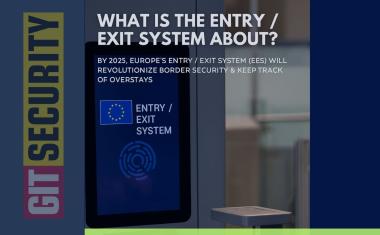Guide to Enhanced Ethernet technology (ePoE) for Surveillance Systems
The current strongly developing surveillance industry has given rise to a significant number of solutions and technologies which can be divided into two main areas: analog technolo...


The current strongly developing surveillance industry has given rise to a significant number of solutions and technologies which can be divided into two main areas: analog technology and network surveillance technology.
Analog surveillance systems adopt a point-to-point connection to transmit data directly from one device to another – namely, an analog camera connected by coaxial cable to the port of a DVR allows the camera feed to be viewed, thus achieving its surveillance functionality. If the camera feed is to be viewed remotely, a remote network connection must be established through the DVR.
A network video monitoring system adopts modern Ethernet technology and uses a LAN connection between camera devices and an NVR. All front-end network cameras and back-end network storage devices are connected to the same Ethernet network, which is then used for communication between the devices. Any node on the network may access any device on the network as long as it obtains authorization from the accessed device.
Read all about the advantages of Dahua’s patented enhanced Ethernet technology (ePoE) in the attached whitepaper.
most read

How Optex LiDAR Technology Is Making UK Railway Crossings Safer for Pedestrians and Drivers
Optex LiDAR boosts UK rail safety, detects obstacles at crossings to prevent accidents and support enforcement

What Is the Entry/Exit System?
How Europe’s Smart Border Tech Is Reshaping Security and Identity Management: A Security Guide for Professionals and Travelers










